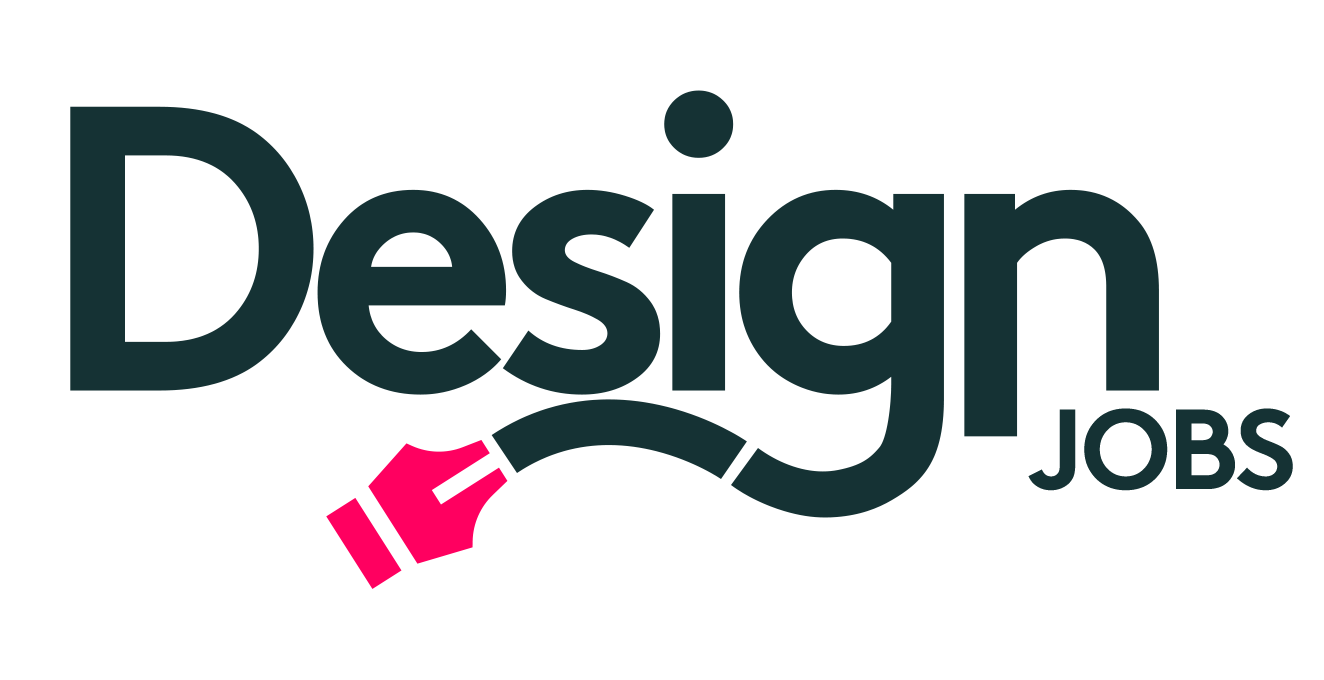Interest Rates & Opportunities: A Designer’s Guide
As the sun rose on a new day, news spread across Australia that the Reserve Bank had, yet again, raised interest rates – for the twelfth time in just over a year. An additional 25 basis points brought the cash rate to 4.1%, a staggering leap to an 11-year high. The prevailing sentiment is one of concern, primarily about how this move might intensify the financial stress that households and businesses have been feeling. But there’s an angle of this narrative that isn’t often discussed: the impact on jobseekers.
Interest Rate Rises: The Basics
Before we delve into the specifics, it’s essential to understand the fundamental relationship between interest rates and employment. While the two may seem indirectly related, they are intertwined in a complex, cyclical economic dance.
In a bid to tame inflation, central banks increase interest rates. This makes borrowing more expensive, slowing down investment and consumption. Inevitably, businesses start feeling the pinch. And when businesses struggle, hiring is often the first area to feel the impact.
However, this narrative isn’t one-size-fits-all. Different sectors, industries, and demographics experience varied impacts. For job-seeking designers, the terrain might look daunting, but it’s also ripe with unique opportunities.
The Psychological Perspective
Unsurprisingly, rising interest rates can result in an increase in job market anxiety. Anticipation of a hiring slowdown, compounded by the spectre of economic uncertainty, can cause jobseekers to feel their options are narrowing.
Designers, inherently creative problem solvers, may find this economic shift particularly daunting. However, it’s crucial to understand that periods of economic pressure often stimulate innovation and creativity. As the saying goes, “necessity is the mother of invention.”
In other words, constraints can lead to the most groundbreaking ideas and solutions, a concept that any designer can resonate with.
The Job Market Dynamics
While there’s no denying that the rise in interest rates can put a damper on the overall job market, it’s equally important to recognise that it isn’t an across-the-board effect. The design industry, for instance, has a unique ability to weather economic turbulence due to its vital role in driving innovation and adaptation.
As businesses navigate this economic transition, they’re likely to re-evaluate their strategies. Companies will be seeking new ways to stand out, maintain customer loyalty, and capture new market share. This is where designers shine. Your role as a designer will be pivotal in reimagining and reengineering products, services, and branding to suit the changing times.
Furthermore, the trend towards digitisation, already accelerating due to the Covid-19 pandemic, will likely gain momentum in this economic climate. Businesses looking to improve efficiency and reduce costs will lean heavily on digital solutions. This shift will open up more opportunities for UX/UI designers, web developers, and digital graphic designers.
The Demographics and Business Landscape
Economic transitions are never evenly distributed. They affect different demographics and sectors in varied ways.
As businesses are forced to tighten their belts due to higher borrowing costs, industries that are more labour-intensive may see a steeper fall in hiring. Conversely, sectors that rely more on creativity, innovation, and digital presence may fare better. This means designers, particularly in the digital realm, might find themselves in a comparatively favourable position.
Moreover, small businesses, which often operate on tight margins and depend more on local borrowing, may be harder hit than large corporations that have wider access to capital. This may result in a shift in the job market, with more job openings in large corporations than in smaller firms.
The Hiring Climate and Beyond
Rising interest rates invariably impact the hiring climate. Businesses become cautious, slowing their recruitment drives as they reassess their financial standing and future projections. However, this doesn’t mean job opportunities vanish; they just evolve. As a job seeker, the key lies in understanding these shifts and adapting your strategies accordingly.
In this unique economic landscape, designers might find that their skills are not just resilient but highly sought after. The need for digital transformation, creative problem-solving, and branding expertise could lead to an increased demand for design professionals.
Charting the Course Forward
In the face of rising interest rates, job seekers, particularly designers, may need to reassess their strategies. Networking becomes crucial in such times. Staying connected with industry peers, attending virtual meetups, webinars, and staying active on platforms like LinkedIn could open up unforeseen opportunities.
Invest in your skills. Brush up your knowledge in emerging fields like AI, VR, and UX design, and don’t forget to work on your soft skills – communication, problem-solving, and adaptability. Remember, being a lifelong learner is a designer’s superpower.
Consider broadening your job search. With remote work becoming more prevalent, designers are no longer confined to their local job markets. You can seek opportunities nationally, or even globally.
Finally, maintain a positive outlook. It’s easy to see a rise in interest rates as an unwelcome storm, but remember, it’s in challenging conditions that we find the greatest opportunities for growth and innovation. As a designer, you’re a problem solver by nature. Use this time to solve the most important problem of all – shaping your career in a changing economic landscape.
In the face of adversity, it’s the ability to adapt, innovate, and remain resilient that truly makes a difference. So, as interest rates rise, see it not as a setback, but as an opportunity to demonstrate your versatility, creativity, and ingenuity. After all, if necessity is the mother of invention, perhaps adversity can be the catalyst for achievement.
—


